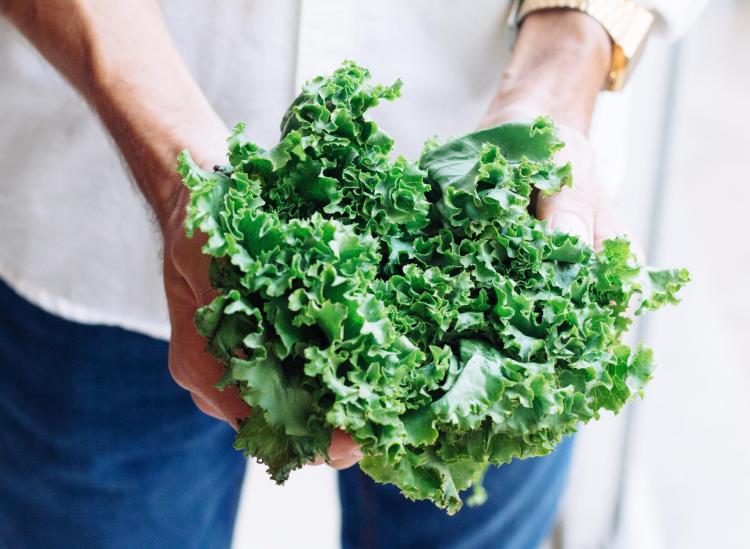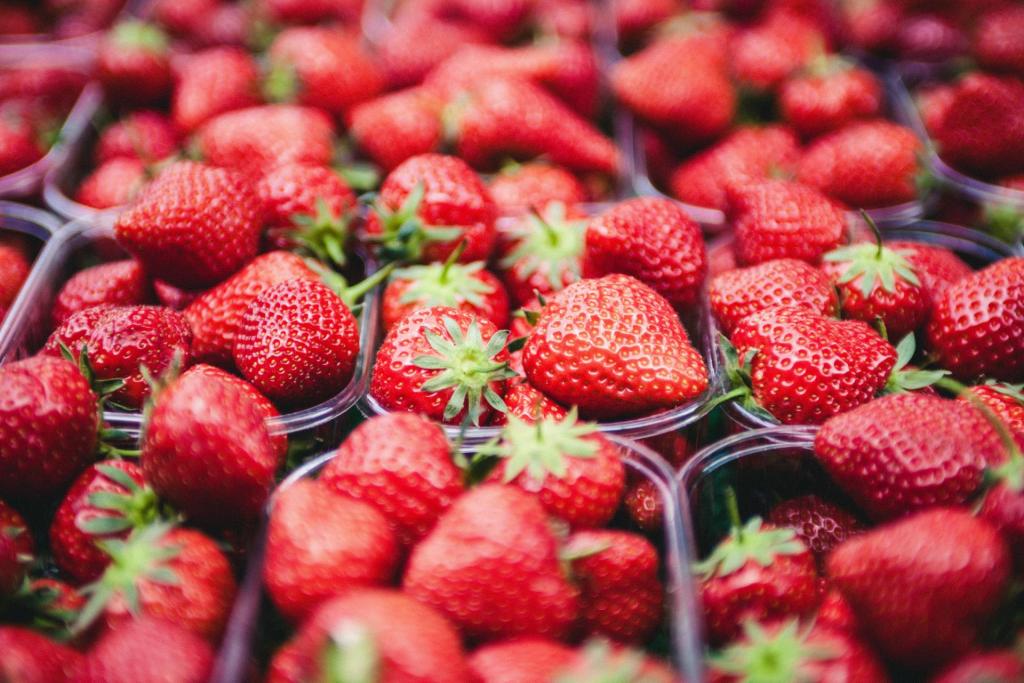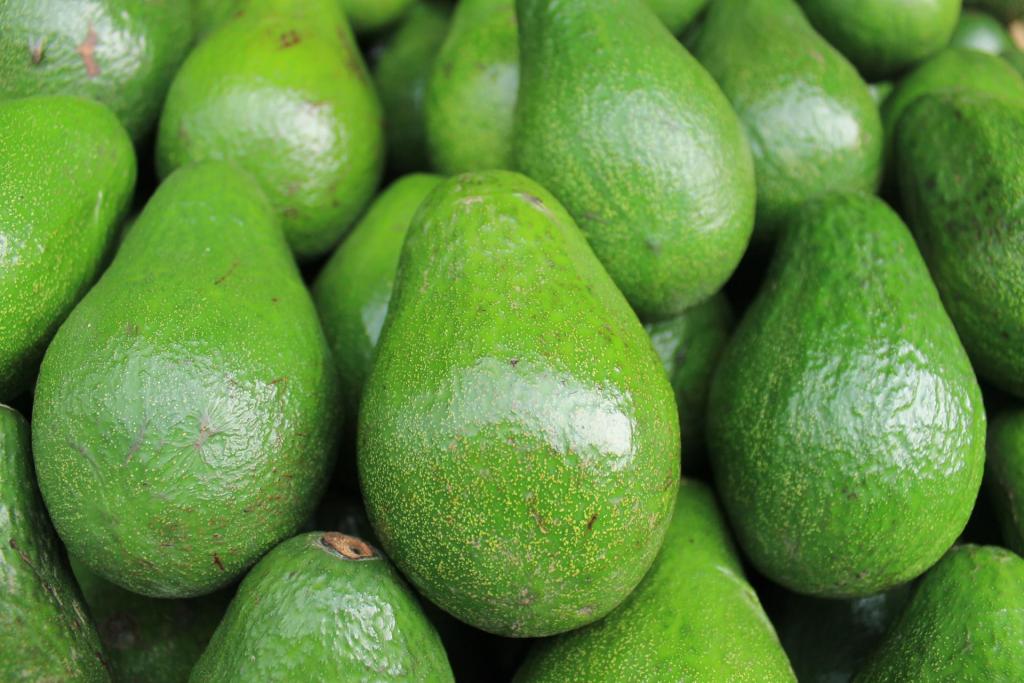Your Favorite Green Veggie Is Now On The Dirty Dozen List

Unsplash/Adolfo Felix
If you love shopping for fresh produce as much as we do, we have some sobering news. The Environmental Working Group just released its 2019 updates to the Dirty Dozen list, and a lot of the star players in your kitchen made the pesticide-ridden cut.
The most upsetting? Kale, our favorite leafy green superfood, made it into the list for the first time in a decade. More than 92 percent of the kale samples tested had at least two detectable pesticide residues on them, with a single sample containing up to 18 different residues. (We know.) Dacthal, or DCPA, was the most commonly found pesticide among all kale samples. And just so you know, DCPA is classified by the Environmental Protection Agency (and has been since 1995) as a possible human carcinogen. It’s been prohibited in Europe for a solid 10 years.
Before testing fruits and vegetables, the USDA researchers washed and peeled all produce just as you would at home before digging in. In doing so, they revealed how a simple rinse in the sink isn’t enough to remove all pesticides from the foods you’re about to eat. Overall, the USDA found 225 different pesticides and pesticide breakdown products on popular fruits and vegetables we eat daily.

EWG’s 2019 Dirty Dozen List
- Strawberries
- Spinach
- Kale
- Nectarines
- Apples
- Grapes
- Peaches
- Cherries
- Pears
- Tomatoes
- Celery
- Potatoes
More than 90 percent of samples of strawberries, apples, cherries, spinach, nectarines
On a positive note, we were relieved to see lots of tasty options rank in the Clean Fifteen list for 2019 — or the

EWG’s 2019 Clean Fifteen List
- Avocados
- Sweet Corn
- Pineapple
- Frozen Sweet Peas
- Onions
- Papayas
- Eggplants
- Asparagus
- Kiwis
- Cabbages
- Cauliflower
- Cantaloupes
- Broccoli
- Mushrooms
- Honeydew Melons
Avocados and sweet corn were the cleanest, with less than 1 percent of samples revealing any detectable pesticides. So we’re going to whip up a bowl of fresh guac (with some corn, onions
To learn more about pesticides in produce, pesticide regulations, genetically-engineered crops and what you can do to ensure that your fruits and veggies are, in fact, safe to eat, download a copy of the EWG’s report here.
Sign up for Daily Fit by Swirled, our newsletter featuring a wellness tip of the day and must-read health news from around the web! You’ll be one step closer to living a healthy, balanced life.
RELATED
6 Foods That May Be Cheaper When You Buy Them Organic
What The Colors Of Your Fruits And Veggies Say About Their Nutrient Content
The Case For Going Organic With Your Morning Cup Of Coffee











